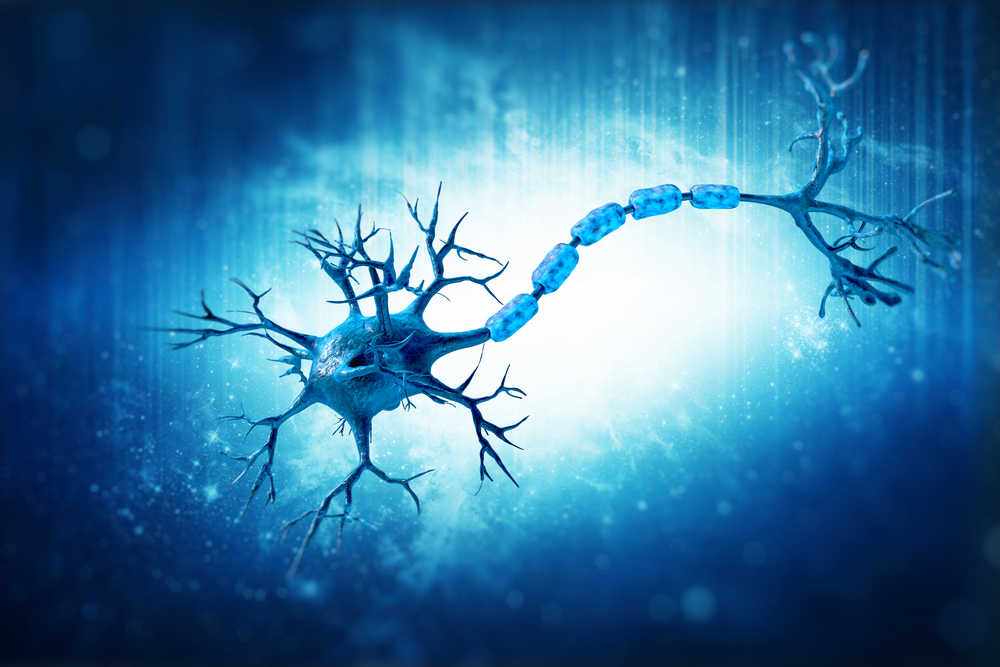Motor Neuron Death in SMA Linked to Abnormal RNA Editing of 2 Proteins, Study Suggests
Written by |

Motor neuron death in patients with spinal muscular atrophy (SMA) is related to abnormal RNA editing of two specific proteins, which leads to the activation of a key cell death pathway and neurodegeneration, a study suggests.
The study, “Dysregulation of Mdm2 and Mdm4 alternative splicing underlies motor neuron death in spinal muscular atrophy,” was published in the journal Genes and Development.
Genes, which are composed of DNA sequences, are transcribed into molecules called RNA. In turn, RNA molecules are used as templates to make proteins, which carry out various functions in a cell.
SMA is a neurodegenerative disease characterized by widespread RNA dysfunction, leading to the abnormal production of various proteins.
RNA dysfunction in SMA patients is the result of a mutation in the gene that provides instructions to make the survival motor neuron (SMN) protein, which is a major regulator of RNA splicing.
Join the SMA News Today forums: an online community of support for SMA patients and caregivers.
RNA splicing is a process by which RNA molecules are edited to produce the final RNA product. When an RNA molecule is initially made, it is composed of alternating regions known as exons or introns. Through the use of RNA splicing, the introns of the RNA molecules are cut out and the exons are joined together. These exons are a vital part of the RNA molecule that actually contain the instructions used to make the protein.
A deficiency in SMN leads to significant RNA dysfunction.
One of the hallmarks of SMA is the progressive loss of spinal motor neurons, and researchers have been trying to understand the cause behind the excessive death of these motor neurons in patients.
Studies using mouse models of SMA have shown that motor neuron death can be attributed to the p53-dependent pathway, which is activated by high levels of a protein called p53. The role of p53 in cells is to stop them from dividing and trigger the pathways that result in cell death.
The molecular mechanisms that link a deficiency in the SMN protein to p53 activation and motor neuron death in SMA are currently unknown.
Normally, p53 expression is kept at low levels in the cell by Mdm2 and Mdm4, proteins that negatively regulate p53. Therefore, researchers hypothesized that p53 activation in SMA involves a dysregulation of Mdm2 and Mdm4 due to abnormal RNA splicing caused by an SMN deficiency.
Using both cellular and animal models, researchers in this study showed that a deficiency in the SMN protein “disrupts the balance between inclusion and exclusion of key regulatory exons in Mdm2 and Mdm4.”
Specifically, they observed that exon 3 of Mdm2 and exon 7 of Mdm4 are not included in the final RNA molecules for these proteins in SMN-deficient cells.
This dysfunction in RNA splicing activity causes problems in the biological activity of Mdm2 and Mdm4, and p53 becomes active. In fact, prior studies have shown that irregular RNA splicing of these specific exons is associated with an increase in p53 activity.
Therefore, researchers conclude, “our findings mechanistically link dysregulation of alternative splicing induced by SMN deficiency with motor neuron death, the key hallmark of SMA.”
They propose that, “promoting the inclusion of either SMN-regulated exon in Mdm2 or Mdm4 mRNAs could represent a candidate approach to counteract the loss of SMA motor neurons in an SMN-independent manner.”






